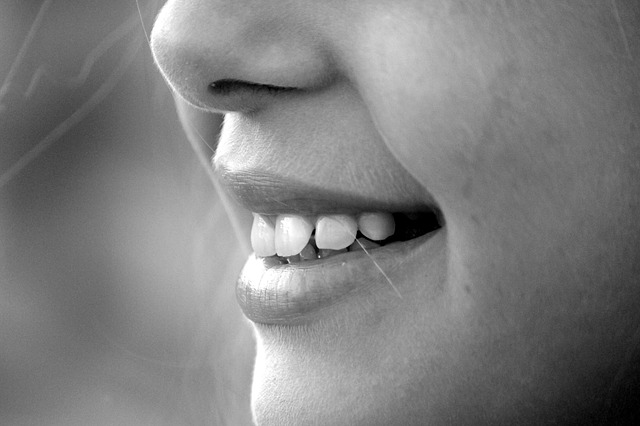On the heels of wrinkles and gray hair is often bad dental hygiene, which is closely associated with growing older. And while your gums and teeth do become more sensitive as you age, decaying teeth and receding gums are largely preventable, unlike wrinkles and gray hair.
While it’s OK if you ultimately end up as another senior sporting dentures in Calgary, here are five habits for keeping pearly whites that will make all your friends jealous.
Brush Better and More Often
You don’t need to reinvent the wheel on this point. Nothing replaces brushing and its effectiveness in removing food debris from your mouth. But not all brushing methods are equally effective.
While brushing with a manual toothbrush is better than nothing, an electric toothbrush cleans your teeth more thoroughly than a manual toothbrush. And if you have arthritis, then brushing with a manual toothbrush is a special kind of torture. And if brushing is painful because you have sore or bleeding gums, you understandably won’t do it as often or as long as you should, making your brushing less effective.
In this case, consider upgrading to an electric toothbrush, with a built-in timer if possible. It is not enough to brush — you need to brush well and for the appropriate amount of time, which is about two minutes twice a day.
Don’t Forget to Floss
Flossing is awkward and sometimes painful, and many of us skip it for this very reason, thinking that brushing alone will be enough. But flossing is essential for gum health. Flossing removes the particles stuck between your teeth and gums that cause gingivitis, the first stage of periodontitis or “gum disease.” And gingivitis, if left untreated, usually leads to full blown gum disease.
So floss regularly, ideally every day, and even after every meal if you’re super diligent. Remember the adage that an ounce of prevention each day is better than a pound of cure later on.
Don’t Skip Your Regular Exams
Regular cleaning and exams from your dentist, every six months or so, is the best way to clean your teeth from routine plaque and bacteria build-up that can eat at and weaken your teeth. Seeing your dentist regularly increases the chance that you’ll catch and treat gingivitis before it advances to periodontal disease and all its characteristics of receding gums and wobbly teeth. And even if you’re tempted to skip your next dental exam, reversing the effects of gingivitis is easier than treating advanced periodontal disease.
Add Mouthwash To the Mix
While mouthwash should never replace daily brushing or flossing, adding it to your dental hygiene routine is valuable, especially if you choose a mouthwash designed to fight bacteria and not simply give you minty fresh breath. When shopping for bacteria-fighting mouthwash, look for bottles labeled as “antimicrobial” that contain at least 0.075 percent of cetylpyridinium chloride. This chemical reduces the symptoms of gingivitis and the buildup of plaque.
Quit Cigarettes and Tobacco
Many scientific claims about the harmful effects of cigarettes and tobacco might persuade you to quit. Not least among them is the toll they take on your teeth and gums. Not only do cigarettes and tobacco dye your teeth yellow over time, but smoking weakens your immune system, which makes it harder to fight gum disease.
Even if you seek treatment for gingivitis and gum disease, if you continue smoking after treatment, your gums will take longer to heal or may not heal at all. The longer you smoke, the higher risk you have of losing your teeth.
If your mouth and gums are in bad shape, you should seek out a qualified dentist who specializes in both restorative and cosmetic dentistry, and many offer funding for qualified seniors. With the proper care and treatment from a dentist, you will no longer feel embarrassed about your teeth.

